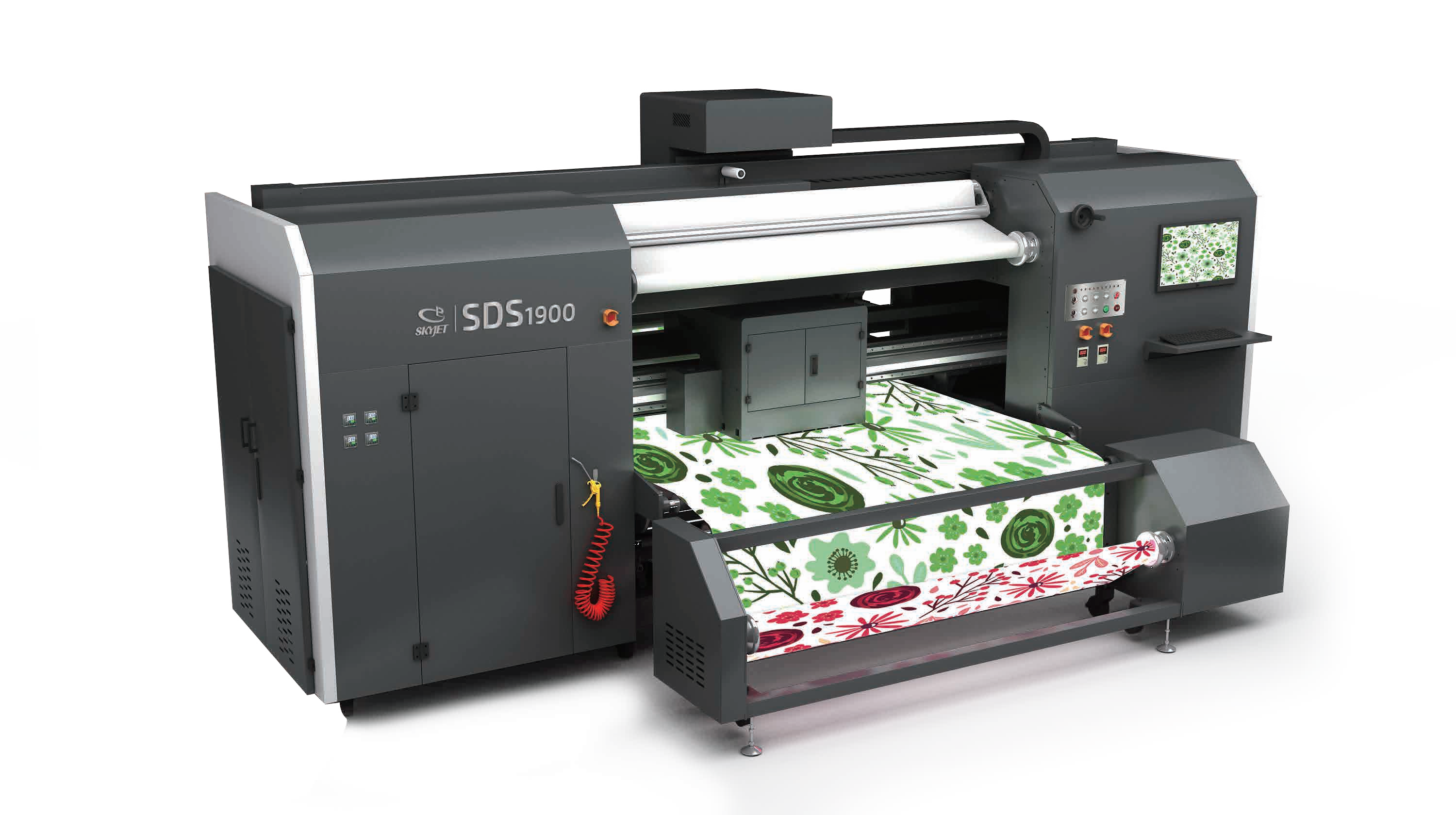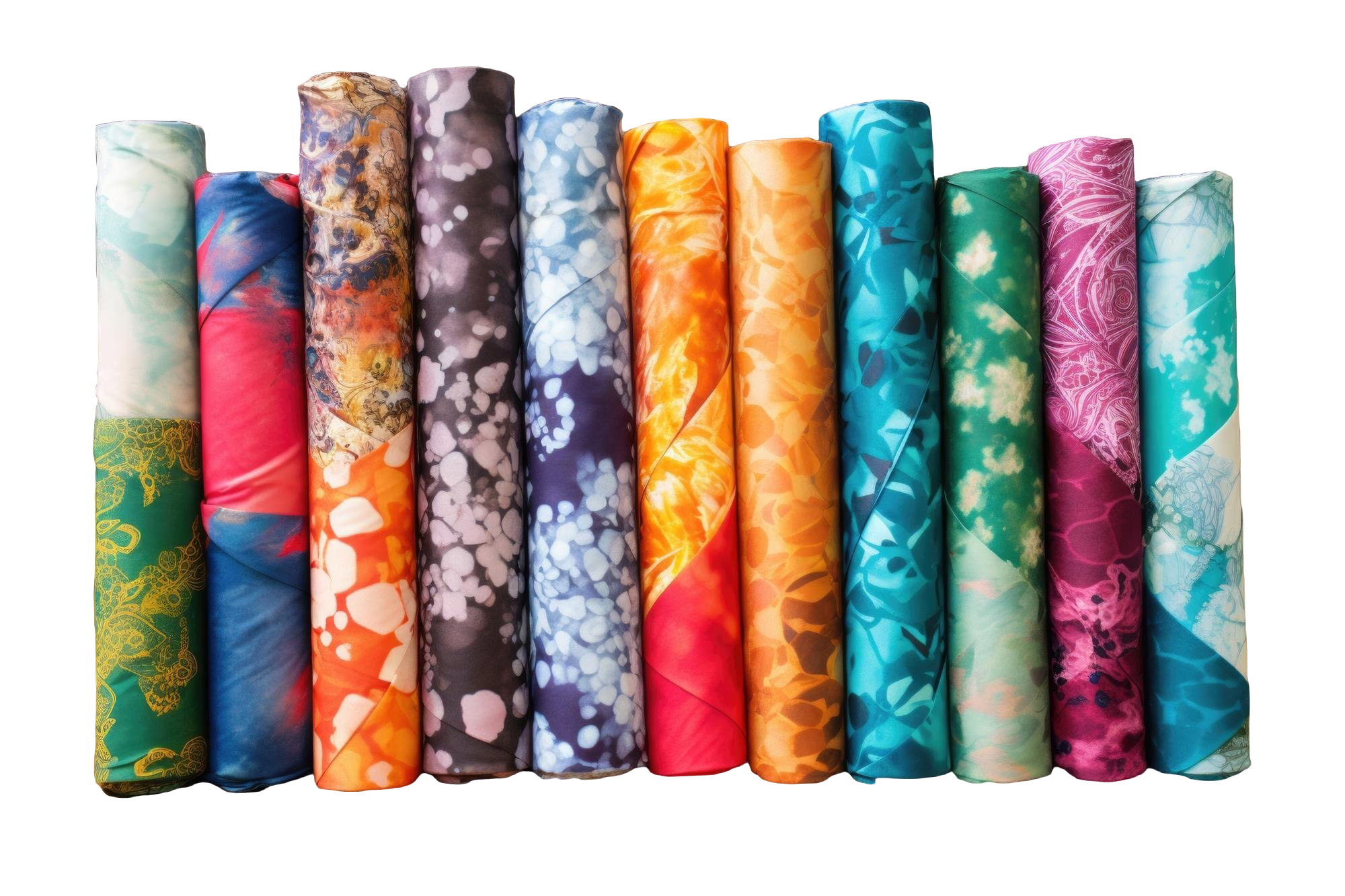Choosing the right printing technique for textile designs is crucial for achieving the desired results. Two of the most popular methods in digital textile printing are sublimation printing and reactive printing. Understanding the differences between these techniques can help manufacturers, designers, and fabricators make informed decisions based on the fabric they’re working with and the type of design they want to achieve.
What is Sublimation Printing?
Sublimation printing is a process that uses heat to transfer dye onto materials like polyester or polymer-coated fabrics. The dye turns into gas under heat and pressure and penetrates the fabric fibers, resulting in vibrant, long-lasting prints. Sublimation is ideal for materials that are primarily synthetic or have a polyester base.
Sublimation printing offers several benefits, including:
- Vibrant Colors: The gas phase allows the dye to bond with the fibers at the molecular level, leading to brilliant and durable prints.
- No Texture Loss: Since the dye integrates with the fabric rather than sitting on top of it, there’s no loss of fabric texture.
- Long-Lasting Prints: The colors don’t fade or peel over time, making sublimation ideal for items like sportswear and fashion apparel.
What is Reactive Printing?
Reactive printing, on the other hand, is a water-based technique that uses chemical reactions between the dye and the fabric fibers to achieve color fixation. This method is typically used for natural fabrics like cotton, linen, and silk. Reactive dyes form a strong bond with the fibers, producing vibrant and colorfast results.
Reactive printing is widely used for natural fabrics and offers benefits such as:
- Rich, Detailed Prints: Reactive dyes are excellent for producing sharp, detailed prints with rich color saturation.
- Soft Finish: Since the dye bonds with the fibers rather than coating them, the fabric maintains a soft, comfortable feel.
- Suitable for Natural Fabrics: Reactive printing is the go-to choice for printing on cotton, silk, and other natural fibers.
Which Technique is Right for Your Fabric?
- Polyester and Synthetics: For synthetic fabrics like polyester, sublimation printing is the best choice. It allows for brilliant colors and a soft finish without compromising fabric integrity.
- Natural Fabrics: Reactive printing is more suitable for cotton and other natural fibers, where it delivers rich colors and a soft feel.
- Hybrid Fabrics: Some hybrid fabrics, like cotton-polyester blends, can benefit from both techniques depending on the desired end result.
Conclusion
Both sublimation and reactive printing offer distinct advantages based on fabric type and desired outcomes. Sublimation excels in synthetic fabrics like polyester, while reactive printing shines on natural fibers such as cotton. Understanding the differences and choosing the right method can significantly impact the quality and durability of the final print.




